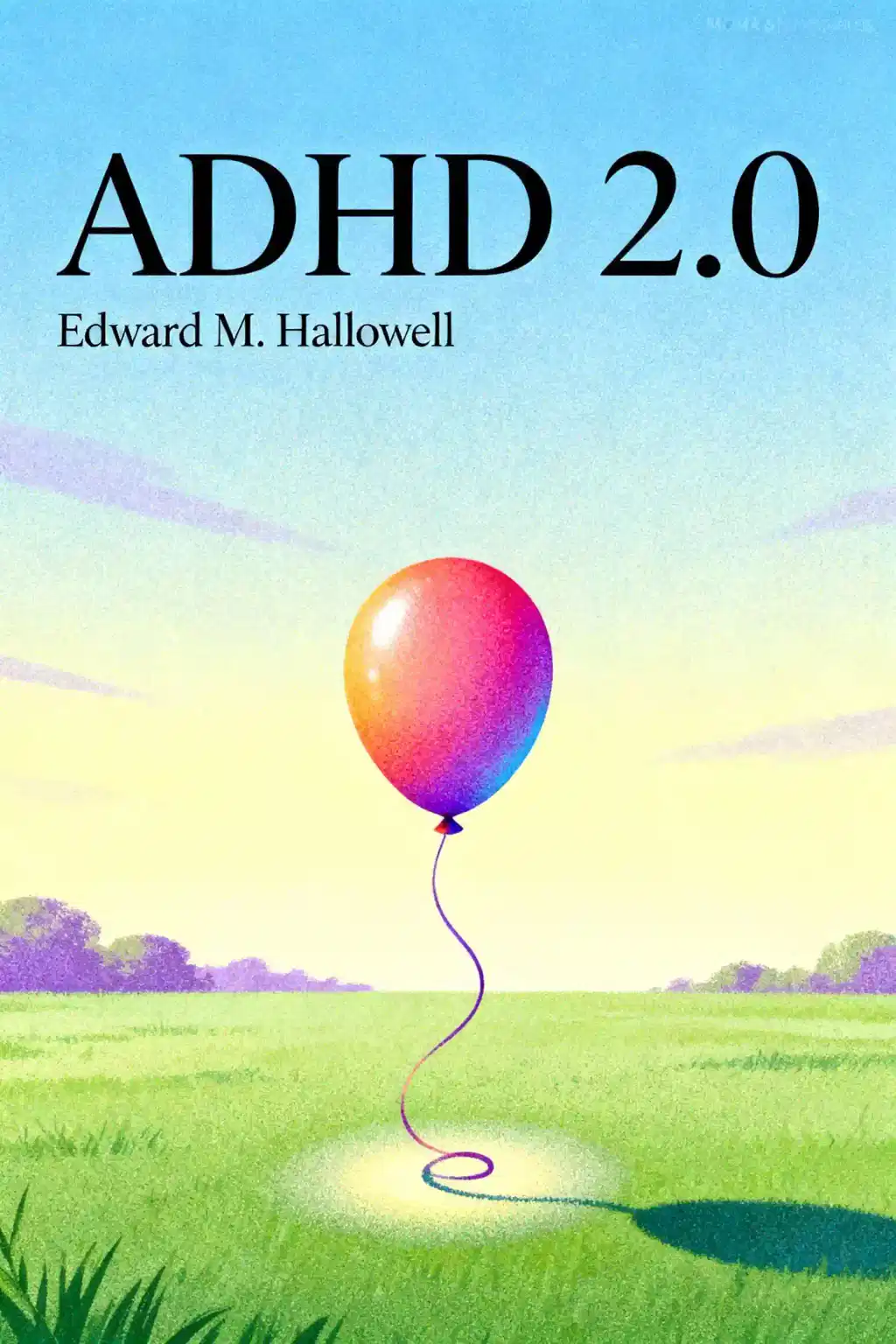What is
Driven to Distraction at Work about?
Driven to Distraction at Work by Edward M. Hallowell explores why people lose focus in modern workplaces and offers science-backed strategies to reclaim productivity. It identifies six common distractions: screen addiction ("screen sucking"), multitasking, incomplete tasks ("idea hopping"), anxiety, overcommitting ("playing the hero"), and disorganization ("dropping the ball"). The book combines psychological insights with actionable techniques to train attention and reduce overwhelm.
Who should read
Driven to Distraction at Work?
This book is ideal for professionals struggling with distractions, managers aiming to improve team focus, and individuals with ADHD seeking workplace strategies. It’s also valuable for remote workers balancing technology overload and anyone interested in psychology-based productivity tools.
Is
Driven to Distraction at Work worth reading?
Yes, particularly for its focus on underlying causes of distraction rather than superficial fixes. Readers praise its practical advice, such as creating "focus rituals" and setting tech boundaries, though some critics argue it oversimplifies distraction as a behavioral issue rather than a systemic one.
What are the six workplace distractions identified in the book?
Hallowell categorizes distractions as:
- Screen sucking (internet/social media addiction)
- Multitasking reducing efficiency
- Idea hopping (starting tasks without finishing)
- Worrying draining mental energy
- Playing the hero (overcommitting to tasks)
- Dropping the ball due to disorganization.
How does
Driven to Distraction at Work differ from other productivity books?
Unlike time-management guides, Hallowell emphasizes psychological roots of distraction, such as emotional triggers and ADHD-like tendencies. It avoids generic advice like "make to-do lists" and instead provides tailored strategies, such as "attention training" exercises to build mental resilience.
What are the key takeaways from
Driven to Distraction at Work?
- Distraction stems from emotional and cognitive factors, not just poor discipline.
- Structured routines and tech boundaries mitigate screen addiction.
- Prioritize single-tasking over multitasking to boost efficiency.
- ADHD principles (like "hyperfocus") can be harnessed productively.
How can employees apply the book’s advice to remote work?
The book suggests designating distraction-free zones, scheduling focused work blocks, and using tools like website blockers. It also advises managers to clarify priorities and reduce unnecessary digital communication to prevent overload.
Does the book address ADHD in the workplace?
Yes, Hallowell (an ADHD specialist) applies ADHD management strategies, such as leveraging hyperfocus and breaking tasks into smaller steps, to help neurotypical and neurodivergent workers alike improve attention.
What criticisms exist about
Driven to Distraction at Work?
Some reviewers argue the book treats distraction as a personal failing rather than a result of workplace design (e.g., unrealistic workloads). Others note its ADHD-focused solutions may not suit all readers.
How does Edward M. Hallowell’s expertise inform the book?
Hallowell draws on 30+ years as a psychiatrist specializing in ADHD, blending clinical research with case studies. His approach merges cognitive behavioral techniques with empathy-driven coaching, distinguishing it from purely tactical productivity guides.
What quotes from the book are most impactful?
- "Attention is a muscle—it weakens without exercise."
- "Multitasking is a myth; what we call multitasking is just task-switching, and it’s costly."
These emphasize intentional focus and the pitfalls of modern work habits.
Are there updated editions or sequels to this book?
While Driven to Distraction at Work (2015) stands alone, Hallowell’s earlier works like Delivered from Distraction explore ADHD more broadly. No direct sequel exists, but themes continue in his podcasts and articles.




















